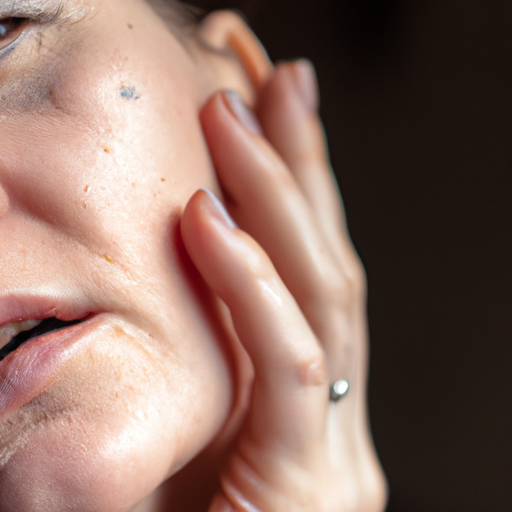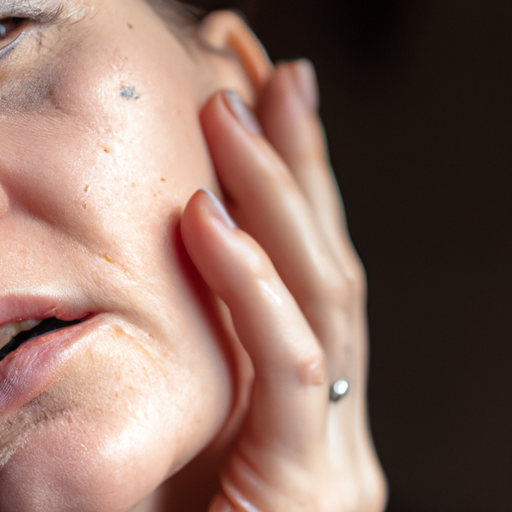Hyperpigmentation is a common, usually harmless condition that darkens patches of skin, making it appear darker than the surrounding skin. This condition occurs when an excess of melanin, the brown pigment that produces normal skin color, forms deposits in the skin. It can affect people of all skin types and is often a cause of concern due to its impact on one’s appearance. However, with the right knowledge and tools, healing hyperpigmentation is achievable.
The first step in addressing hyperpigmentation is understanding its causes. Hyperpigmentation can be triggered by various factors including sun exposure, hormonal changes, inflammation, or skin injuries such as acne. Sun exposure is the most common cause, as it prompts your skin to produce more melanin as a protective response. Hormonal changes, particularly during pregnancy or due to contraceptive use, can lead to melasma – a form of hyperpigmentation that appears as brown patches on the face. Post-inflammatory hyperpigmentation occurs when a skin injury or inflammation leaves behind darkened skin during the healing process.
Once you understand the root cause of your hyperpigmentation, you can tailor your treatment approach accordingly. Here are some effective strategies to heal hyperpigmentation:
1. Sun Protection: Since sun exposure is a leading cause of hyperpigmentation, protecting your skin from harmful UV rays is crucial. Regular use of a broad-spectrum sunscreen with an SPF of at least 30 can prevent further darkening of existing spots and the formation of new ones.
2. Topical Treatments: Several over-the-counter and prescription creams can help lighten hyperpigmentation. Look for products containing ingredients like hydroquinone, retinoids, vitamin C, azelaic acid, kojic acid, or niacinamide. These ingredients work by inhibiting the production of melanin.
3. Chemical Peels and Microdermabrasion: These treatments involve removing the top layer of your skin to reveal new, healthier skin underneath. They can be effective for treating hyperpigmentation, but they should be performed by a qualified professional to avoid potential skin damage.
4. Laser Therapy: This is a more intensive treatment option that uses focused light energy to remove hyperpigmented areas. It’s important to note that while laser therapy can be highly effective, it may not be suitable for all skin types and can potentially lead to further pigmentation if not done correctly.
5. Healthy Lifestyle: A balanced diet rich in antioxidants, regular exercise, and adequate sleep can boost your skin’s overall health, aiding in the healing process of hyperpigmentation.
Remember, patience is key when treating hyperpigmentation. It can take several months to see significant improvements, so don’t be discouraged if you don’t see immediate results. It’s also essential to consult with a dermatologist before starting any new treatment, as they can provide personalized advice based on your specific skin type and condition.
In conclusion, while hyperpigmentation can be a distressing condition, it’s important to remember that it’s treatable. By understanding its causes and exploring various treatment options, you can successfully unmask your skin’s natural radiance and achieve a more even-toned complexion.




